
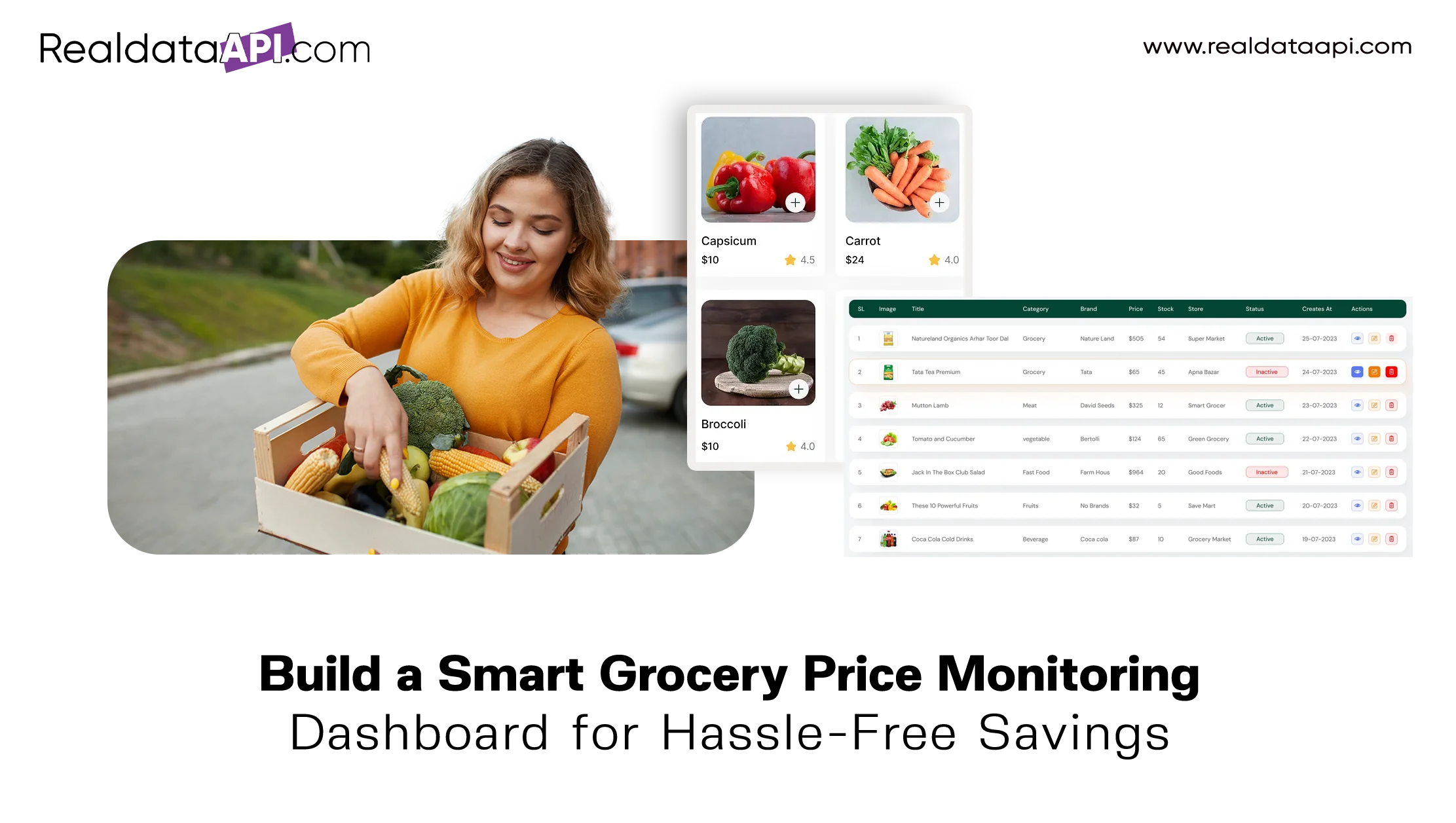
Introduction
In a world where grocery prices fluctuate almost daily, shoppers and businesses alike need accurate, real-time price monitoring to stay ahead. A Grocery Price Monitoring Dashboard is no longer just a fancy analytics tool — it’s a powerful, practical solution for smart, simplified shopping. With the right data, APIs, and design, consumers save money while retailers optimize pricing strategies competitively.
In this detailed guide, we’ll break down what a Grocery Price Monitoring Dashboard is, how Grocery data scraping APIs power it, and why your business or app needs one. We’ll also see real use cases, trends from 2020–2025, and exactly how Real Data API makes this all easy.
What is a Grocery Price Monitoring Dashboard?
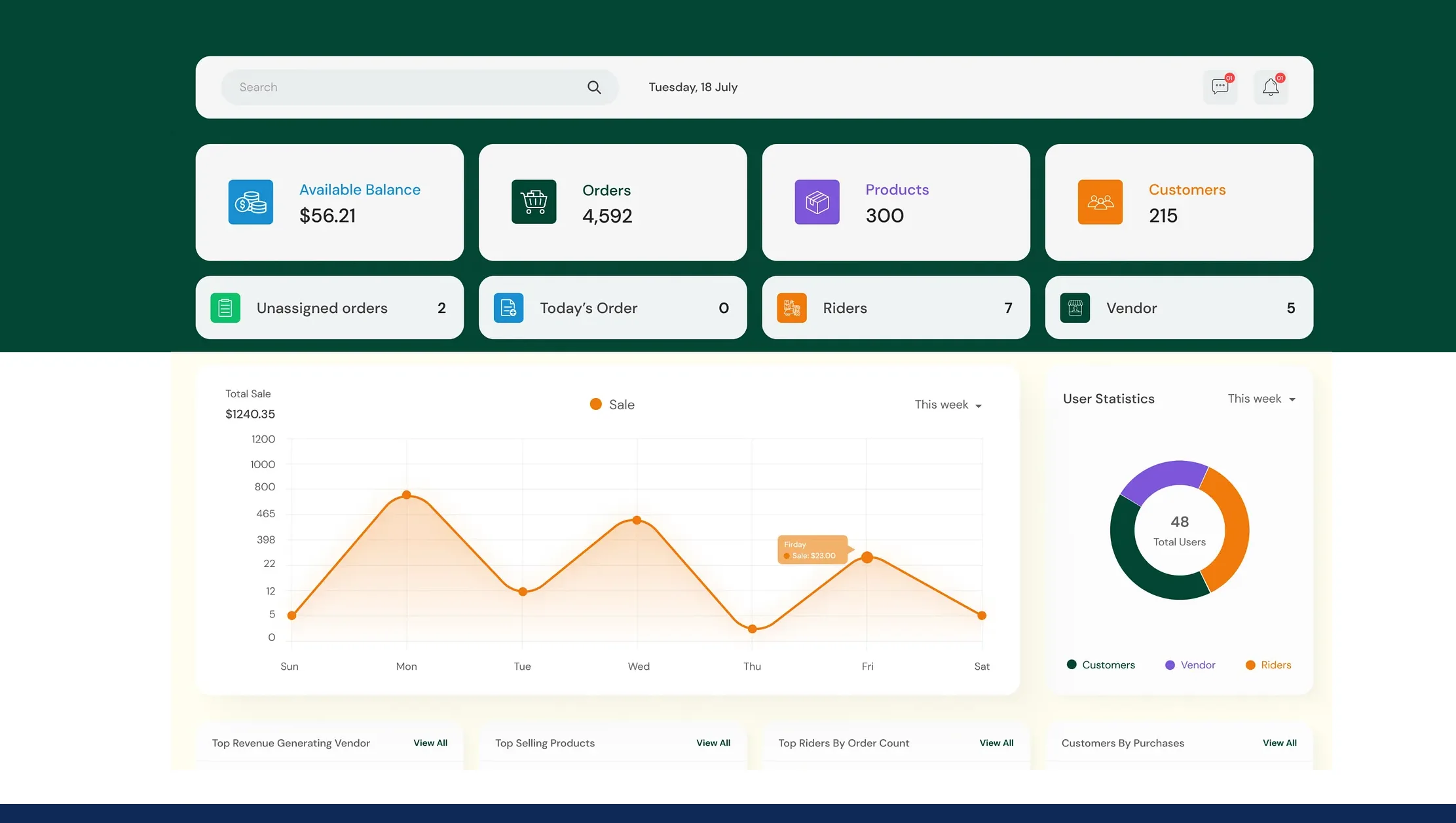
A Grocery Price Monitoring Dashboard is a centralized, interactive display that pulls in real-time price monitoring data for multiple grocery items across stores, locations, or even regions.
It tracks price changes, compares rates between stores, analyzes seasonal or demand-based pricing, and highlights trends shoppers or store owners can act on immediately.
Imagine you’re a consumer: you see the price for milk, bread, vegetables, or baby products across major supermarkets — all in one place — updated daily.
Imagine you’re a retailer: you see your competitors’ pricing moves in real time and adjust yours to stay competitive, boost margins, and win loyalty.
This is what modern Grocery Price Monitoring looks like.
Why is Grocery Price Monitoring so Relevant Now?
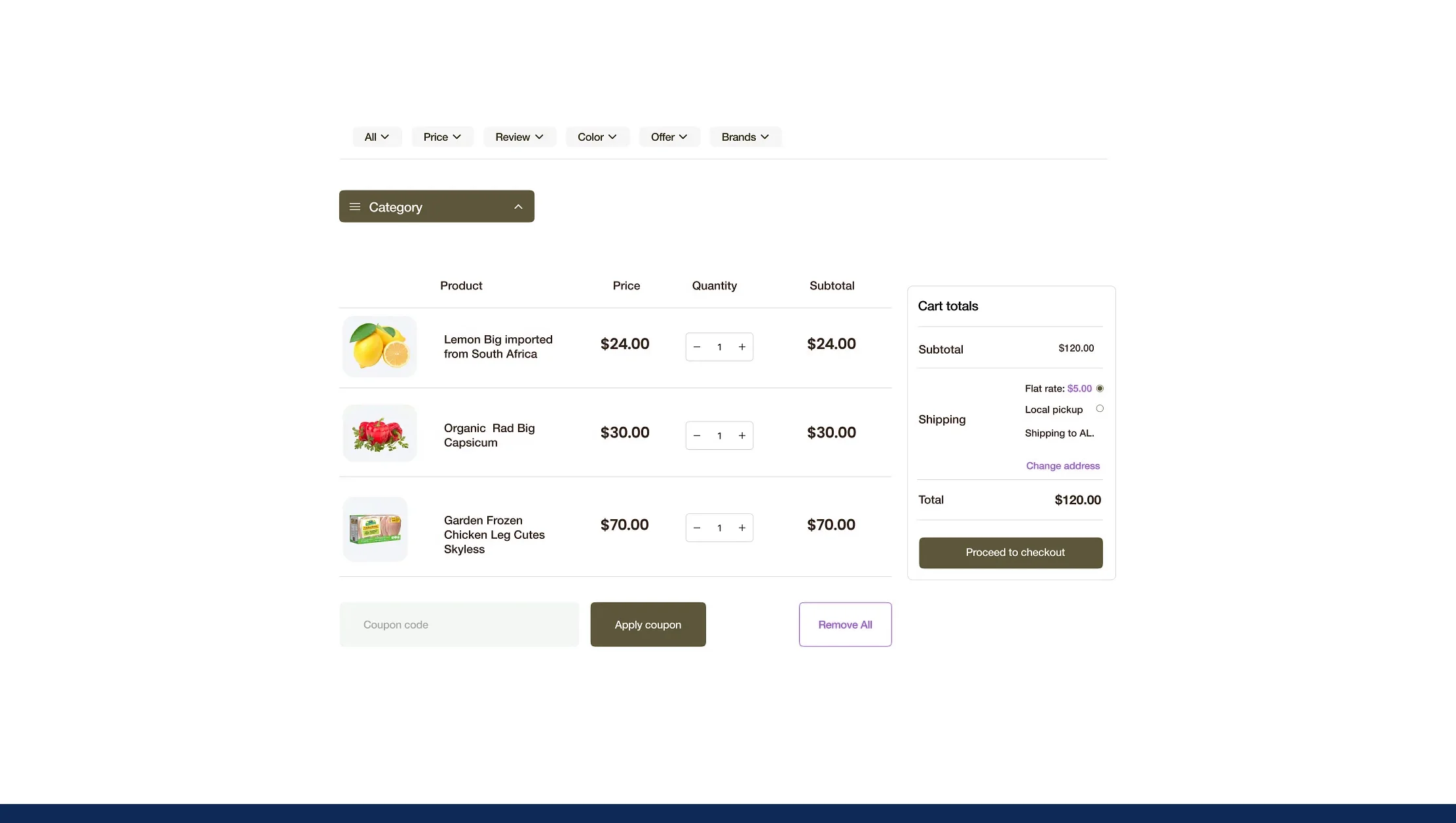
Inflation, supply chain issues, and shifting consumer behavior have made grocery prices more dynamic than ever. Here’s how prices shifted over the last five years:
| Year | Average Grocery Price Index (Global) | Average % Price Increase |
|---|---|---|
| 2020 | 100 | Baseline Year |
| 2021 | 106 | +6% |
| 2022 | 115 | +8.5% |
| 2023 | 124 | +7.8% |
| 2024 | 132 | +6.5% |
| 2025* | 139 (Projected) | +5.3% |
*Source: Real Data API internal projections & global food price monitoring datasets
Analysis:
The average grocery basket has grown over 30% in cost since 2020. This means shoppers feel the pinch — and so do retailers competing for price-sensitive buyers.
A Grocery Price Monitoring Dashboard helps both sides: consumers find better deals, and retailers stay relevant with competitive pricing.
Stay ahead of rising costs — start Grocery Price Monitoring now and make every grocery trip smarter, cheaper, and stress-free!
Get Insights Now!How Does a Grocery Price Monitoring Dashboard Work?
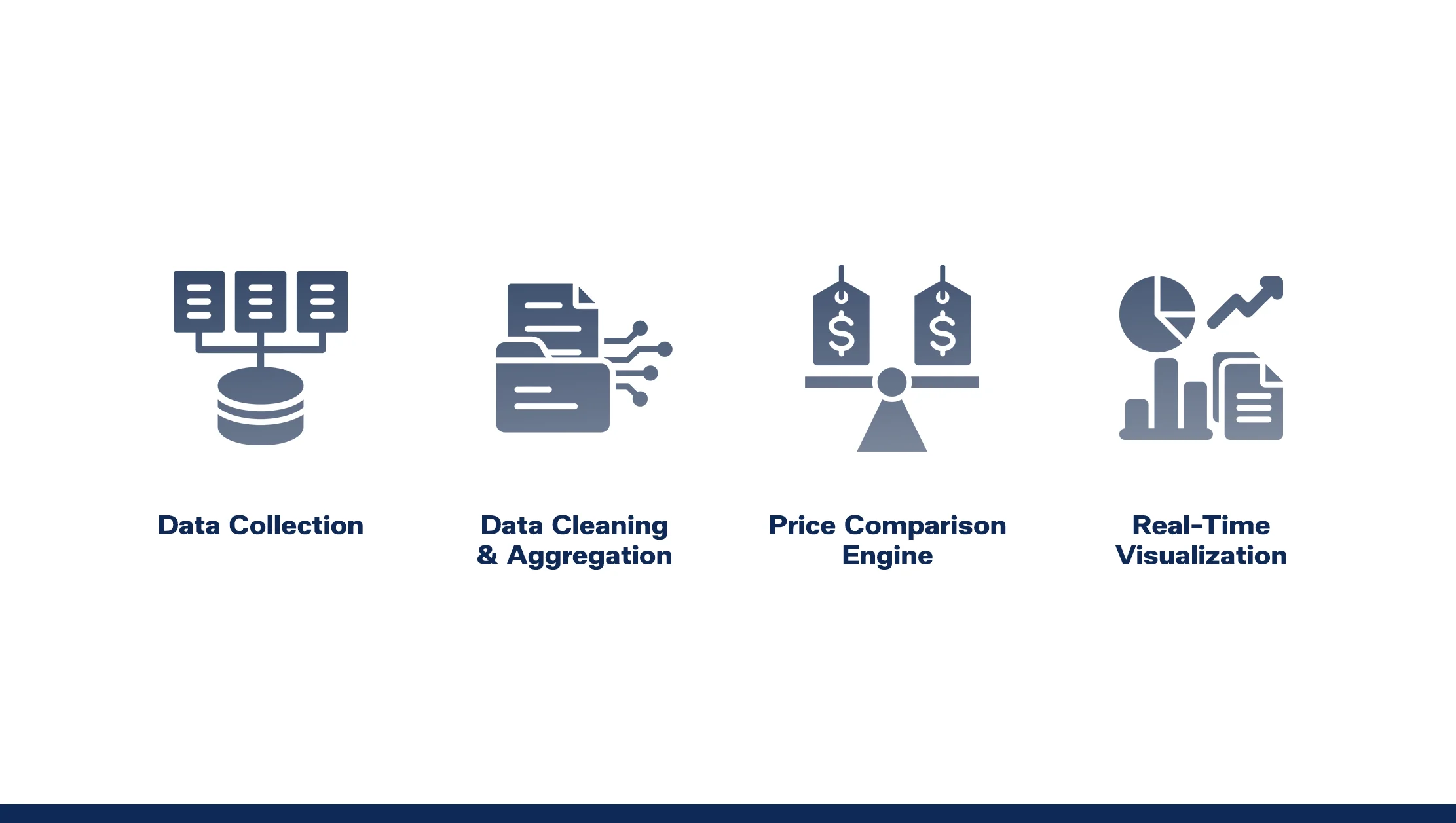
A functional dashboard needs these four pillars:
Data Collection — powered by a Grocery data scraping API, which pulls structured pricing data from multiple online grocery sources daily or even hourly.
Data Cleaning & Aggregation — using a Food Data Aggregator to standardize product names, units, quantities, and prices for accurate comparisons.
Price Comparison Engine — comparing identical items across different stores, factoring in discounts, promotions, or regional pricing variations.
Real-Time Visualization — an intuitive dashboard that presents all this in graphs, charts, and trend lines for easy insights.
Example Use Case: Price Comparison Across Stores
Real-time price monitoring allows a shopper to decide:
- Should I buy tomatoes from Store A or Store B today?
- Is this week’s discount really better than last week’s price?
- Should I switch brands to save more?
Retailers, meanwhile, get to see if their competitor just dropped prices on key staples — and respond quickly.
How Businesses Use Grocery Price Monitoring?
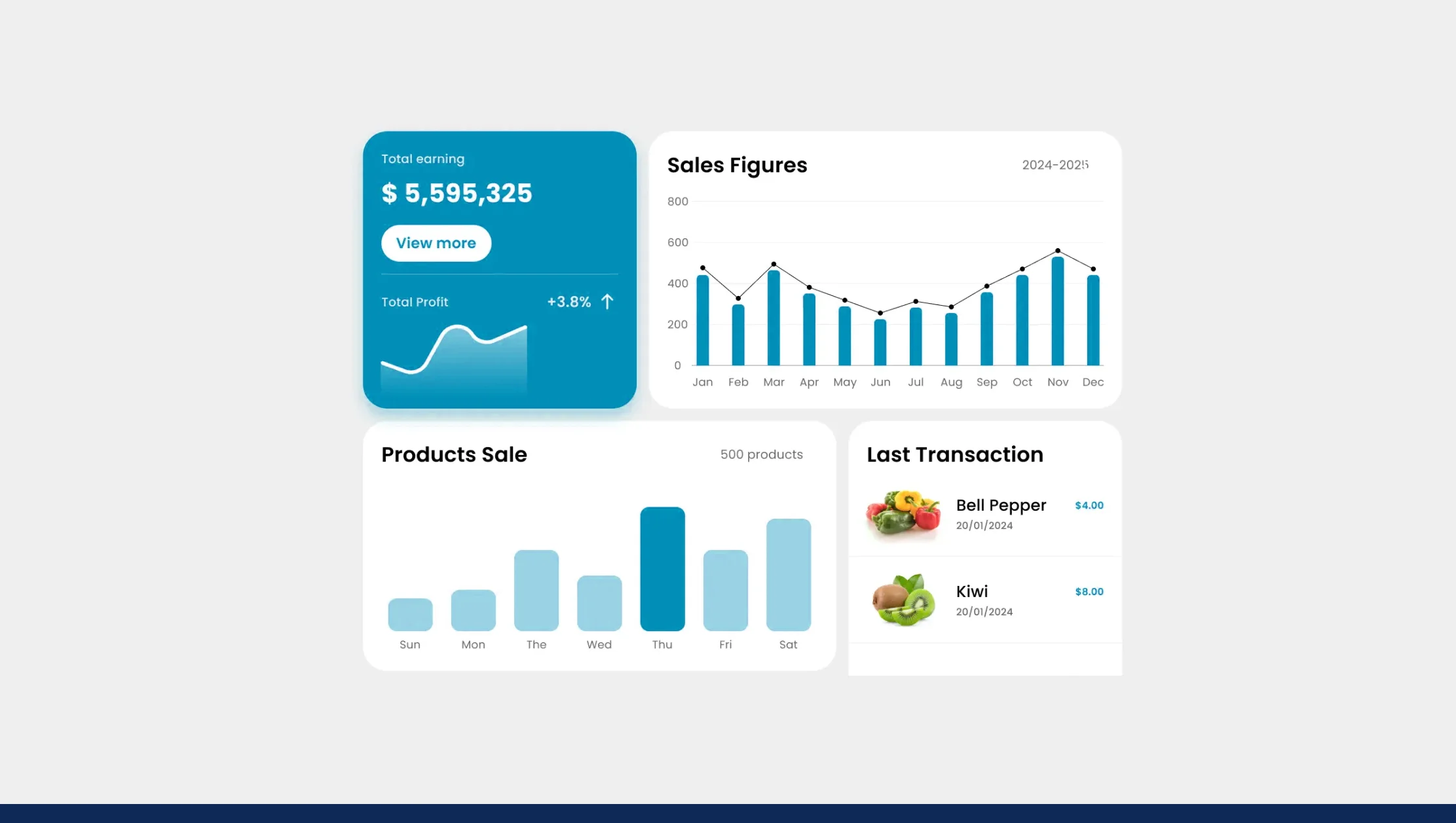
Retailers, grocery startups, shopping apps, and market research firms rely on Grocery Price Monitoring Dashboards to:
- Track competitor pricing daily.
- Identify price wars before they impact margins.
- Fine-tune dynamic pricing strategies for fresh produce or fast-moving goods.
- Provide price comparison tools for customers.
- Build loyalty by proving they deliver best value.
Trends & Insights: 2020–2025
Let’s break down typical use cases over the last five years:
| Year | Use Case | Key Metric | Outcome |
|---|---|---|---|
| 2020 | Basic price scraping for research | Average item tracking weekly | Early-stage trend monitoring |
| 2021 | Launch of consumer price comparison apps | Mobile app installs +15% YoY | Shoppers switching to smarter apps |
| 2022 | AI-driven dynamic pricing by retailers | Revenue uplift by 5–7% for early adopters | More competitive grocery chains |
| 2023 | Full integration with loyalty programs | 35% higher basket size for loyalty users | Encouraged bulk buying during promotions |
| 2024 | Cross-store local zone pricing dashboards | 22% reduction in excess stock | Stores balanced supply with real demand |
| 2025* | Hyperlocal dynamic pricing & AI bundling | Projected +10% savings for shoppers | Better deals, more retailer competition |
The Power of a Grocery Data Scraping API
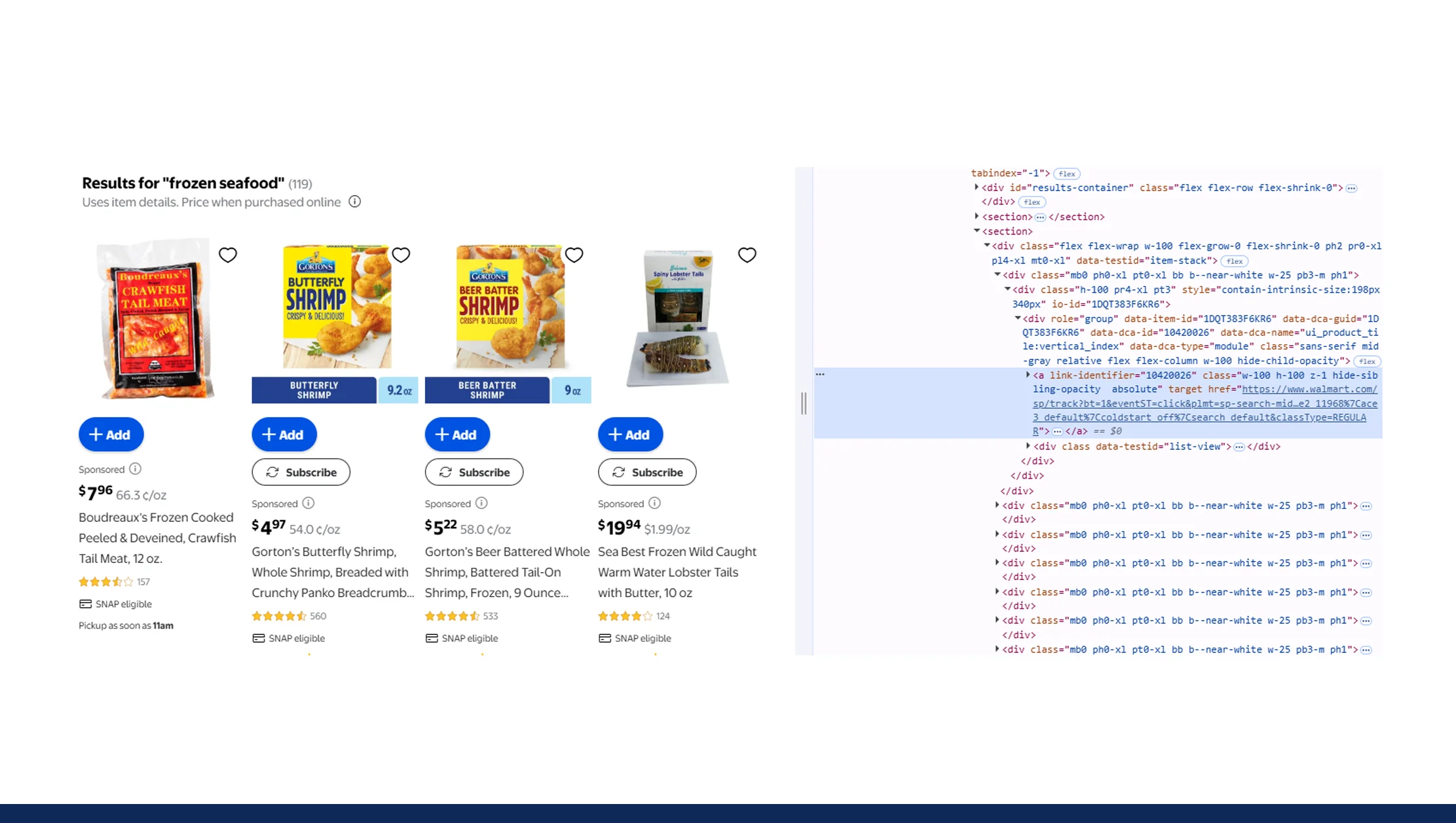
So, where does a Grocery data scraping API fit in? APIs do the heavy lifting — they extract product names, prices, unit sizes, promotions, and availability details directly from grocery websites.
An advanced Grocery data scraping API like Real Data API:
- Ensures clean, structured data.
- Handles huge volumes of requests reliably.
- Maintains freshness with daily updates.
- Avoids duplicates or mislabeling.
- Supports compliance with legal scraping norms.
Without a robust Grocery data scraping API, you’d be stuck manually comparing prices — which is impossible at scale.
Boost profits and stay competitive — use Grocery Price Monitoring to track rivals, adjust prices smartly, and win loyal customers today!
Get Insights Now!Real-Time Price Monitoring in Action
Picture this: your dashboard pings you because competitor Store B just dropped the price of eggs by 20% for a weekend sale.
Your pricing manager responds immediately — matching or beating that price to keep loyal shoppers. This is real-time price monitoring at its best.
What Makes a Good Grocery Price Monitoring Dashboard?
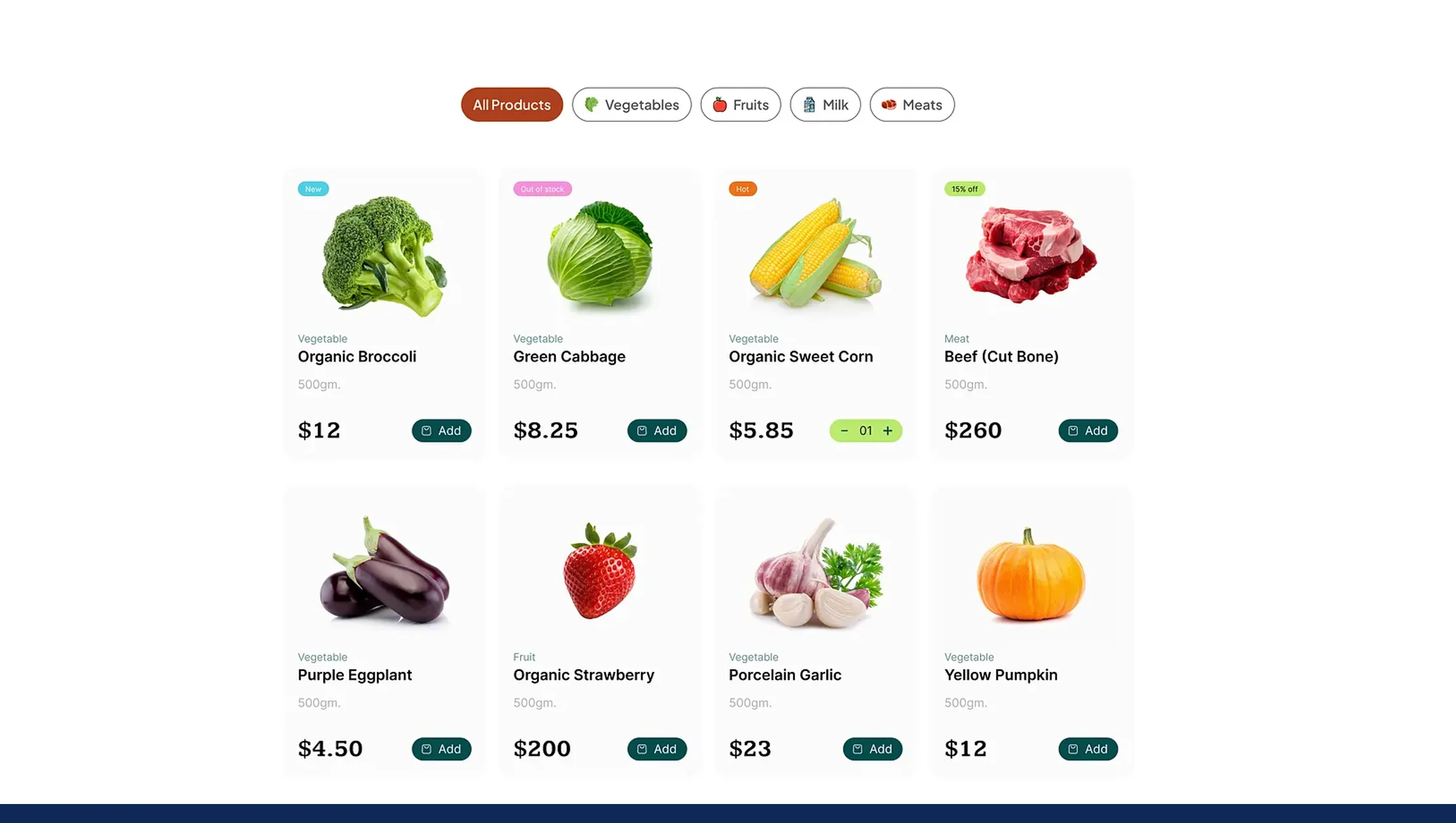
When building or buying a dashboard, make sure it covers:
- Accurate product matching (same brand, weight, pack size)
- Flexible filters (by store, brand, region)
- Historical trends (month-over-month price changes)
- Custom alerts for big price shifts
- Mobile-friendly display for shoppers
- API integration for automatic updates
Common Industries Using Grocery Price Monitoring
| Industry | How They Use It |
|---|---|
| Supermarkets & Chains | Competitor pricing, stock balancing, promotional planning |
| Delivery Apps | Price comparison, best-deal delivery offers |
| Shopping Loyalty Apps | Showing real-time savings to retain users |
| FMCG Brands | Tracking own SKU pricing at multiple retailers |
| Consumer Research Firms | Analyzing trends, reporting insights |
Challenges to Consider
Building a Grocery Price Monitoring Dashboard is not just plug-and-play. You’ll need to handle:
- Product matching: The same apple variety might be listed differently by different stores.
- Data freshness: Prices change daily — your dashboard must update frequently.
- Regional price differences: Pricing varies by ZIP code or city.
- Store promotions: Limited-time discounts must be tracked in near real time.
This is where Real Data API shines.
Why Choose Real Data API?
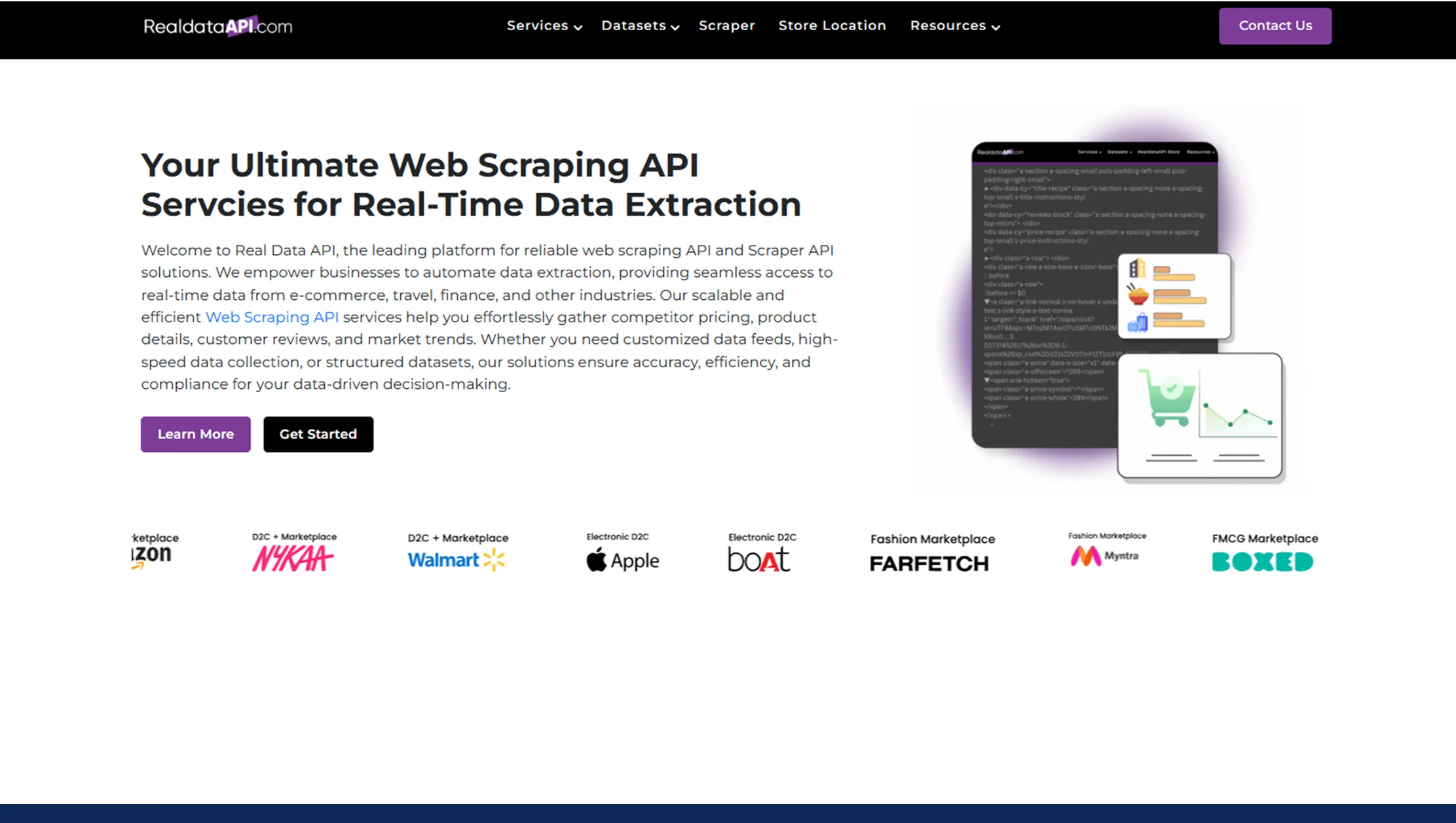
Real Data API simplifies the entire process — from sourcing clean grocery pricing data to running large-scale real-time price monitoring without technical headaches.
Here’s why leading brands trust Real Data API for Grocery Price Monitoring:
- Proven Grocery data scraping API built for complex product matching.
- Highly customizable data feeds, covering local chains and big supermarkets alike.
- Powerful Food Data Aggregator cleans messy product listings for easy comparison.
- Dedicated support for building custom Grocery Price Monitoring Dashboards fast.
- Transparent, ethical scraping practices to stay compliant with retail site terms.
When you choose Real Data API, you’re not just collecting data — you’re unlocking smarter price comparison, competitive insights, and savings opportunities for your users.
Conclusion
A modern Grocery Price Monitoring Dashboard isn’t just a nice-to-have; it’s essential for shoppers who want to save and businesses that want to win. With trusted, real-time data from Real Data API, you can build a solution that turns daily price chaos into clear, actionable savings. Start smarter. Shop smarter. Switch to Real Data API today and unlock next-level Grocery Price Monitoring!















